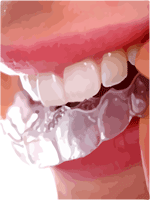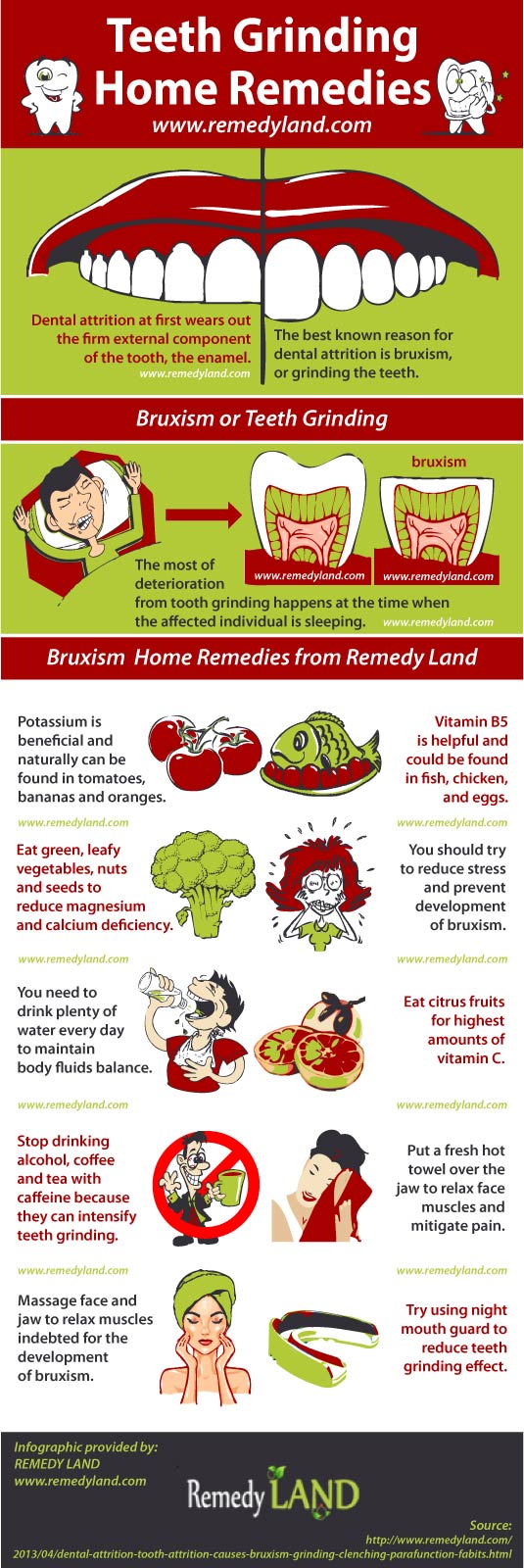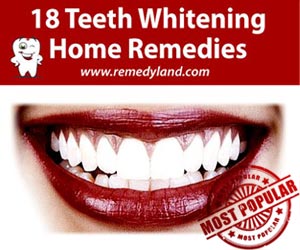Dental attrition or tooth attrition
Dental attrition is constant accumulated wear and deterioration to teeth a result of contact with opposite teeth. Some level of tooth attrition as a result of the usual process of eating is normal, resulting from physical pressure opposing teeth on each other throughout the time of usual usage. In the event that dental attrition is extended the front teeth turned into smaller as well as the back teeth turn out to be flatter. In extreme situations it could lead to a disfiguring impact on a person’s face.
The quantity of mechanical pressure the opposite teeth submit on each other throughout regular nibbling is quite minor in comparison to the pressure that could be inflicted by elements similar to clenching of the jaw while sleeping, bruxism – tooth grinding or perhaps some other familiar motions which are not a natural part of the teeth’s typical functionality. Even worse, tooth attrition occasionally develops as a result of tensions put on the teeth, which can lead to severe tooth deterioration.
Bruxism or grinding the teeth, clenching – parafunction habits
The best known reason for dental attrition is bruxism, or grinding the teeth. Lots of individuals practice bruxism every once in awhile, for example if there are under emotional stress, without significant deterioration. In certain individuals, bruxism is regular and intense enough to sooner or later lead to considerable tooth attrition. Difficult bruxism is a continuous habit that the affected individual could not purposely establish and is commonly not really aware about.
In the majority of affected individuals, the most of deterioration from tooth grinding happens at the time when the affected individual is sleeping, and bruxism at the time of waking hours is actually trigger by physiological or perhaps unconscious causes. Teeth that are subject to dental attrition can be additionally hypersensitive to temperatures.
| Incisor and canine | Bicuspids | Molar |
|---|---|---|
1 Unworn |
Unworn | Unworn |
2 Wear facets are minimal in dimensions |
Wear facets and tooth dentin does not show up | Wear facets and tooth dentin can’t be observed |
3 Cups pattern is destroyed, tiny dentin surface may show up |
Cups pattern is partially or completely destroyed with tiny dentin surface | Cups surface pattern is slightly or totally destroyed with small dentin surface |
4 Dentin surface is minimal |
One large dentin surface and few small ones | Dentin surface is shown on three or more places |
5 Dentin surface is substantial |
Dentin surface is on two or more places and secondary dentin may be minimal | Dentin surface is on few places and secondary dentin may be none to minimal |
6 Secondary dentin is moderate to substantial |
Tooth still have surrounding enamel and secondary dentin is average to substantial | Secondary dentin is average to heavy and surrounding enamel is still present |
7 Enamel of the crown is worn away on one side or more, secondary dentin is substantial |
Enamel of the crown is worn away on at least one side and secondary dentin is showing substantially | Crown enamel worn away on at one or more sides and secondary dentin is showing substantially |
8 Tooth root is in biting surface of tooth |
Root is in occlusal tooth surface | Tooth root is in occlusal surface |
Dental attrition could be handled by using substitute crowns or perhaps onlays, which bring back the genuine dimensions and durability of the tooth, it could possibly remove the chance for malocclusion and better speech patterns. The wear is generally even, in case opposite teeth are impacted. In case bruxism is extreme, sometimes noticeable wear of occlusal surface areas are going to show up, or in situations of decreased periodontal support, tooth movability might show up.
Bruxism may additionally be related to involuntary contraction of a muscle, broken teeth and restorations. Bruxism have a lot of reasons. On many occasions it can be emotional, developing through periods of tension or panic. It can possibly result from allergic reactions or perhaps by certain health issues, for example digestive problems. As soon as the behavior turns into ingrained, it could carry on despite the primary reason is actually no more existing.
Dental attrition process
Dental attrition at first wears out the firm external component of the tooth, the enamel. In the event that the tooth attrition is extreme enough, it is going to sooner or later wear out the enamel to reveal the a lot more sensitive dentin below, which sustain the tooth’s construction. The weaker dentin fail to resist faster to additional deterioration, in case the tooth’s inside is not shielded by filling in the space in the tooth’s enamel, additional attrition could easily demolish the uncovered inside composition of the tooth, leading to tooth fracture or damage.
Dental attrition signs
Dental attrition happen overnight therefore a lot of individuals are completely unconscious. Some people observe that they clench in case there are nervous or every time they performing specific routines. Parafunction habit is usually not painful, and when tooth wear advances really slowly, it can be very easily neglected. Certain affected individuals could encounter temperature and touch tenderness, similar to an electrical zap once the neckline of the tooth is rubbed by a finger. For the reason that the neckline of the tooth flexes and breaks with extreme pressure, which along with erosion and abrasion will produce a wedge similar to lesion known as an abfraction cavity.
The primary problem if you think you are afflicted by any type of tooth wear is proper protection and also prevention. In case your tooth wear is clinically determined at an initial phase you are able to focus on stopping additional tooth wear with diet plan adjustment, preventative dental machines and certain restricted tooth bonding to repair the tiny parts of dental attrition or erosion. In case your tooth wear is advanced to the level that the protecting enamel is worn away and also you are uncovered your internal dentin you will probably require an additional effective approach. Since you may understand the protecting dental enamel is the toughest material in your body, but the dentin is extremely gentle and is going to wear at a far more faster speed as soon as it has been uncovered.
Right now there a variety of choices that advanced dentistry can offer to assist you with your dental difficulties and I believe that the answer to an effective result would be to develop a therapy program which can be totally personalized to your specific condition. The primary step for your treatment would be to get into the dental clinic and have an extensive assessment.
Bruxism home remedies
Below you can find a few ways to reduce teeth grinding problems at your home:
- You should try to reduce stress and prevent development of bruxism.
- Do not drink coffee and tea with caffeine late in the evening before sleep.
- You need to drink plenty of water every day to maintain body fluids balance.
- Massage face and jaw to relax muscles indebted for the development of bruxism.
- Eat green, leafy vegetables, nuts and seeds to reduce magnesium and calcium deficiency.
- Eat citrus fruits for highest amounts of vitamin C.
- Vitamin B5 is helpful and could be found in fish, chicken, and eggs.
- Potassium is beneficial too and naturally can be found in tomatoes, bananas and oranges.
- Stop drinking alcohol, because he can intensify teeth grinding.
- Put a fresh hot towel over the jaw to relax face muscles and mitigate pain.
- Try using night mouth guard to reduce teeth grinding effect.
You may also like:
- Home Remedies and Treatments for Sensitive Teeth to Cold and…
All about sensitive teeth: what causes sensitive teeth, teeth sensitive to cold and hot, best toothpaste, treatment and home remedies for sensitive teeth.
- Hidden Dangers of Cracked Tooth Syndrome
Cracked tooth syndrome is tooth problem present once a tooth has an extremely small fracture in it. Cracked tooth syndrome is among the most challenging dental conditions to identify due to the fact the discomfort is not consistent.
- Dental erosion or tooth erosion facts, tips and treatment
Dental erosion is a long term acid damage of all or section of a tooth. Tooth erosion treatment and remedy is based on the level of tooth wear.




